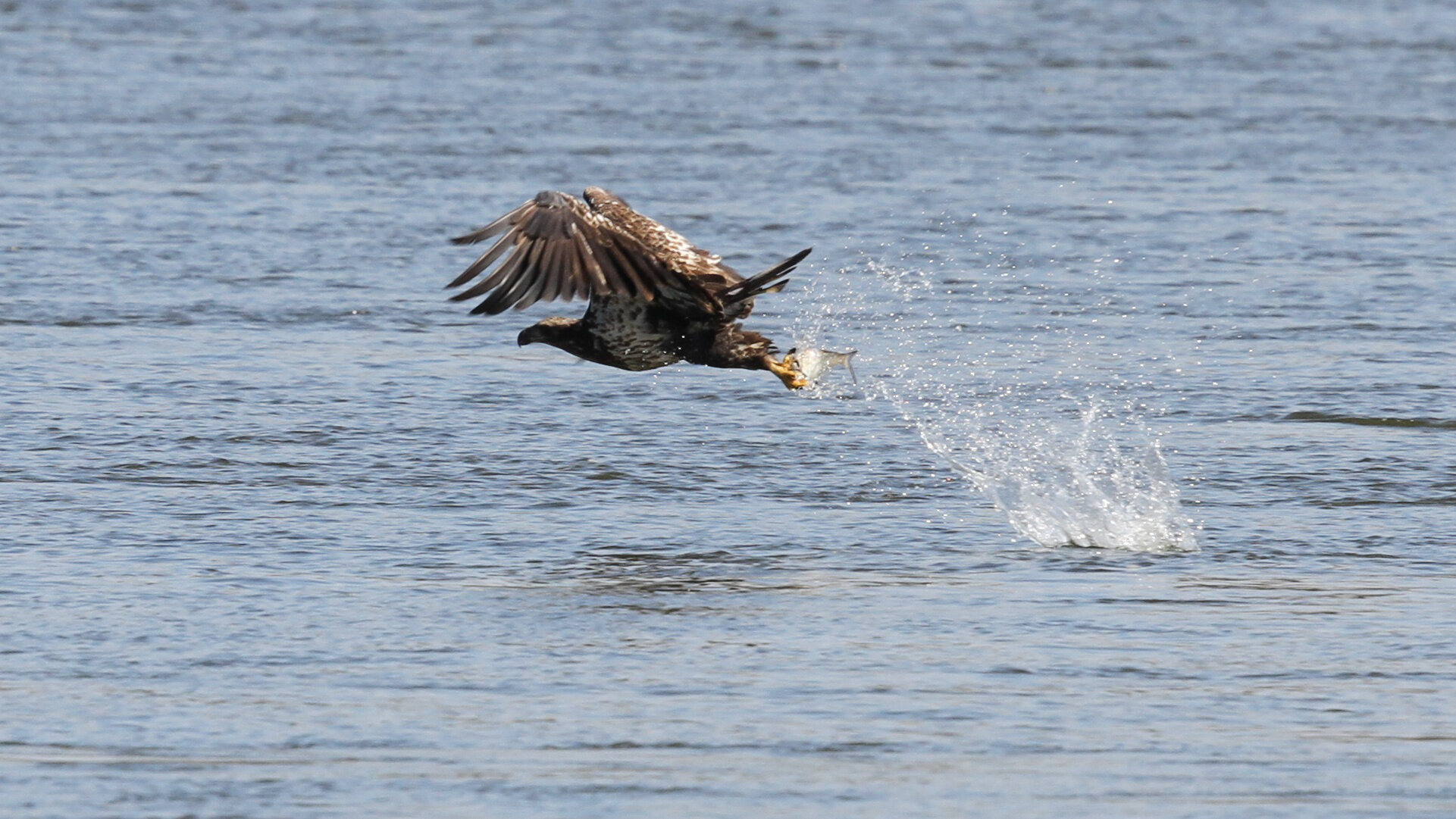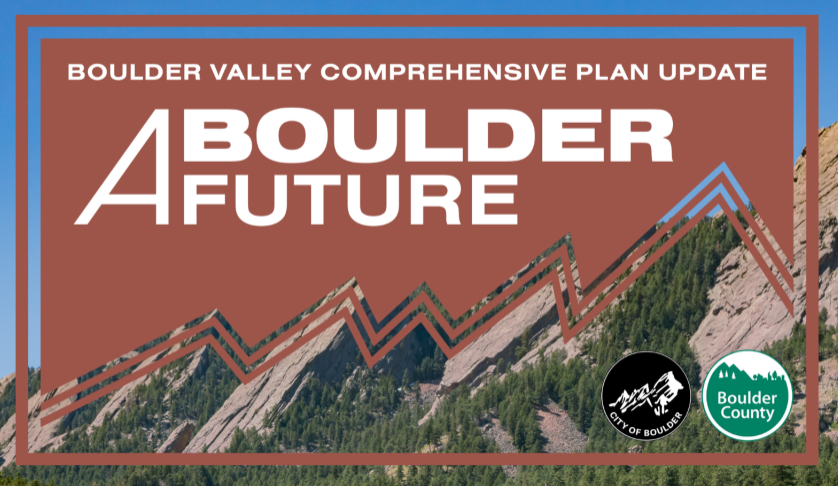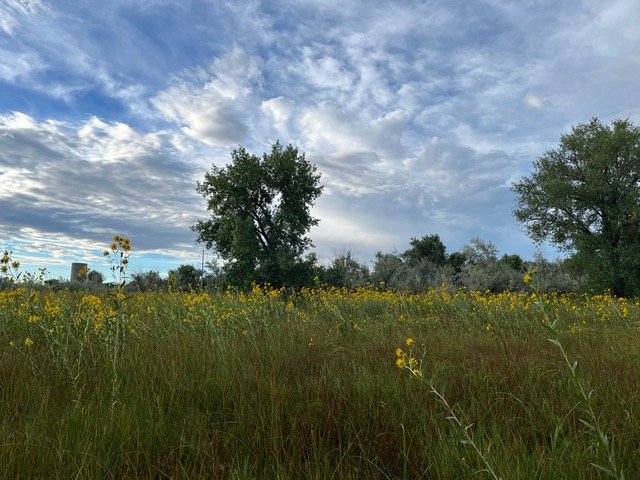
Take Action
In Boulder County, our Open Space is not only an area to recreate and interact with nature but also critical habitat for flora and fauna. Our suburban and urban areas are not only our homes but also areas we where work to lessen the negative impact on nature. BCAS encourages you to take an active role in the continued preservation of our wild spaces.
Being an Advocate for Our Local Birds, Wildlife, and Habitats is a Critical Part of the BCAS Mission
Find out more about local projects, areas of concern, and successes.
Get Involved
Issues of local importance can require contact with a wide variety of agencies. For those at a regional level, a great place to get started is with Audubon Rockies.
One of the best ways to be informed about local conservation issues is to subscribe to the Nature-Net email group, a joint project of the Boulder County Audubon Society (BCAS) and the Boulder County Nature Association (BCNA). Another very useful source of information is the BCNA website at BCNA.org.
Locally many important local issues involve open space managed either by city departments (linked below) or by Boulder County Parks and Open Space.
Holdings of city and county open space listed below are approximate and necessarily ambiguous. Some properties are jointly owned by the city and the county. Many properties are protected by easements, rather than being owned outright. Hence, the details can be quite complex. These programs serve multiple objectives. One objective of both is the preservation of local agriculture, so some properties are purchased for that purpose and leased to a farmer or rancher; some are guaranteed to be kept in agriculture via an easement and continued to be operated by the same farming or ranching family that has worked it for generations. The variations of the rules that apply, for example regarding wildlife protection, can be quite complex.
Boulder County Open Space Lands
Boulder County protects about 67,000 acres of land within the county that it owns or leases. Nearly 40,000 more acres are protected by conservation easements. Approximately 40,000 acres of the total are open to public access, with a few segments restricted for wildlife and habitat protection.
County open space is largely funded by sales and use taxes approved by the voters, along with some funds from property taxes. Use of property taxes for open space acquisition is only done by the action of the county commissioners, not voter approval. While utilization of sales and use taxes are governed by the original measures adopted by the voters, there is nothing comparable to the city’s Open Space Charter to govern county open space. County open space is managed by the Department of Parks and Open Space under the supervision of the three-member elected Board of County Commissioners. There is an advisory board of citizens known as the Parks and Open Space Advisory Commission (POSAC). POSAC advises the commissioners and the department on policy, but it has no decision-making authority like the OSBT for city open space. Final authority rests with the county commissioners.
The Parks and Open Space Department can be reached at 303-678-6200 or posinfo@bouldercounty.org. Various specific programs and issues can be researched on their website. POSAC meets once a month. For meeting dates, information, and to be put on POSAC’s email list, visit their meeting page.
Boulder OSMP Lands
Boulder Open Space and Mountain Parks (OSMP) holdings (about 45,000 acres, with roughly 150 miles of trails) are the largest and best protected in the area, most lie outside Boulder’s city limits throughout the county, and occasionally into other counties. OSMP properties are governed by a portion of the city charter that was carefully written to protect these lands legally and in practice. These lands are purchased and managed using revenues from a series of dedicated sales taxes adopted by the citizens, and completely separate from the rest of the city budget. The OSMP department was set up under the charter and is overseen by the Open Space Board of Trustees (OSBT). While the OSBT operates in many ways like other advisory boards to the Boulder City Council, it has additional responsibilities and authority specified under the Open Space Charter. For example, City Council cannot sell or transfer any open space property on its own initiative. Disposal of an open space property must be initiated by a majority vote of OSBT. OSBT also acts as an advisory body for OSMP.
One of the best ways to follow issues on Open Space lands is by following OSBT meetings is one of the best ways to keep track of city open space issues. Meetings are generally at 6 PM on the second Wednesday of the month (but check for up-to-date information if you plan to attend). A link to the agenda and board information packet can be found on this OSBT Meeting page, in the upper right sidebar. Currently, these meetings are held online and anyone can watch. Prior to 2020, they were held in council chambers on the 2nd floor of the municipal building at Canyon and Broadway in Boulder. Meetings are likely to resume in person at some point. Anyone can speak at any OSBT meeting, either at the specified hearing time for agenda items or during open comment at the beginning of the meeting for anything that is not scheduled for action by OSBT. The time allowed for each speaker is either 2 or 3 minutes. Written comments can be emailed to the board as well (email address on the OSBT webpage). OSBT has five members, one appointed each year by City Council, each serving a 4-year term.
Important decisions by OSBT must be adopted by the Boulder City Council, which has 9 elected members and can be emailed at council@bouldercolorado.gov. City Council generally meets on Tuesday at 6 PM at council chambers on the 2nd floor of the municipal building at Canyon and Broadway. Currently, meetings are held online. Anyone can access meeting dates, agendas, and contact information on the council home page.
Boulder County Audubon is looking for individuals living in other cities and communities in Boulder County who want to keep track of wildlife advocacy and conservation in their own community . If you are interested, please contact us.
Window Strikes & Bird Collisions
Birds collide with glass because they see the world differently than people do. These collisions kill up to 1 billion birds each year in the United States. The American Bird Conservancy provides excellent resources to help you reduce your impact.











